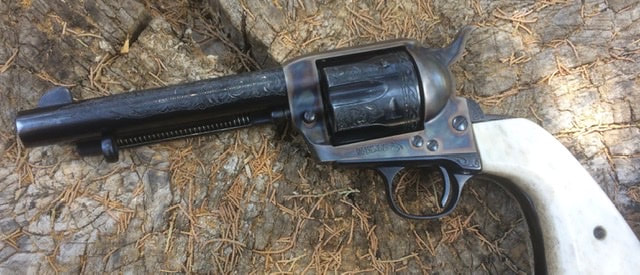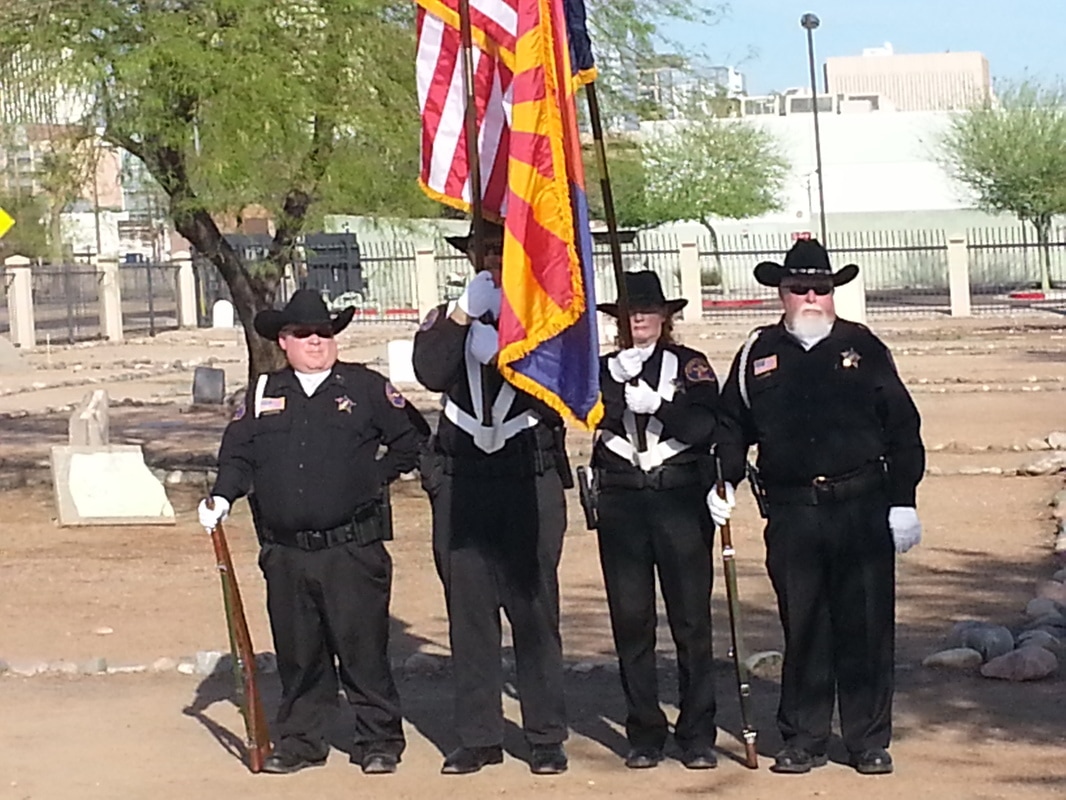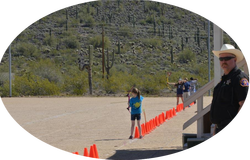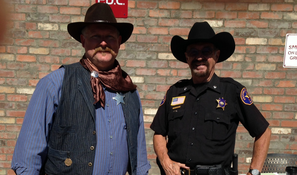 Many Colts get engraved and wear fancy stocks like elk horn
Many Colts get engraved and wear fancy stocks like elk horn On April 28th of 2011, the Arizona State Legislature declared the venerable Colt Single Action Army (SAA) revolver as the Official State Firearm. While Sturm, Ruger firearms (who manufacture their single action Vaquero right here in AZ) might have preferred to get the nod, it makes perfect sense to award the designation to the old Colt model, as it was an important tool in establishing law and order on the southwestern frontier.
The Colt SAA came out in 1873 as Colt’s most successful revolver in the then-new self-contained metallic cartridges, and sales to the Army quickly made this revolver a hot commodity. This was a wholly new model, replacing the 1872 Open Top that had been built on a rehashed design from the 1860 Army that had been one of the primary sidearms of the Civil War (which is still a fine weapon in its own right). The new SAA employed a solid top strap and a new, more powerful ammunition, the 45 Colt. Loading 35 grains of black powder underneath a 255 grain conical bullet, the 45 Colt boasted being the most powerful handgun cartridge of its day, and in fact this claim to power was not eclipsed until the advent of the .357 Magnum cartridge in 1935. Even afterwards, many big-bore aficionados, no less than the Dean of Sixguns, Elmer Keith, still preferred the old 45 to the new and modern 357, feeling that the mass and diameter of the bigger bullet outweighed the high velocity energy figures that the smaller round produced. Keith also noted that the SAA was the fastest gun of any design for getting the first shot out of the holster
The Colt SAA has been made in three major “Generations.” The First Generation ran from 1873 to 1941, when handgun production for World War Two shut down production. Then the Second Generation ran from 1956 (taking advantage of the popularity of westerns and “fast draw” on TV) to 1974, when the original tooling was just too worn out to continue. They quickly retooled and began production of the Third Generation in 1976, and continue production in limited quantities.
The Colt SAA, chambered in 45 Colt with a 5.5 inch barrel, was the official sidearm of the Territorial Arizona Rangers during their tenure from 1901 to 1909, which is perhaps the most compelling reason for it to be chosen as the official State Firearm. The Modern Rangers have since moved on to more contemporary semi-automatic pistols as their primary duty weapons, but even now individual Rangers can still qualify with the old thumb-buster and carry it on ceremonial duties.
So slip out of your quarantine for a bit today and go burn some powder to celebrate the State icon!




 RSS Feed
RSS Feed
